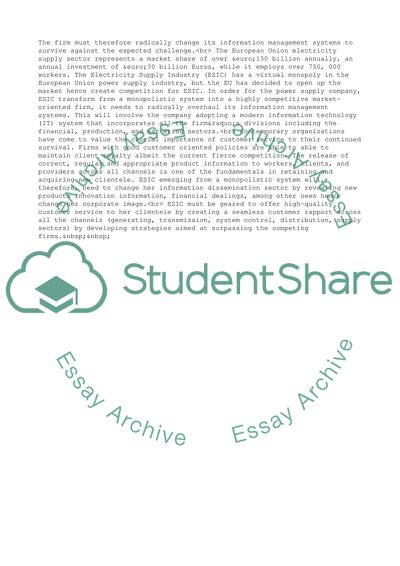Cite this document
(Information Systems and Strategy Management of ASIC Company Case Study, n.d.)
Information Systems and Strategy Management of ASIC Company Case Study. Retrieved from https://studentshare.org/management/1557231-information-systems-and-strategy-management
Information Systems and Strategy Management of ASIC Company Case Study. Retrieved from https://studentshare.org/management/1557231-information-systems-and-strategy-management
(Information Systems and Strategy Management of ASIC Company Case Study)
Information Systems and Strategy Management of ASIC Company Case Study. https://studentshare.org/management/1557231-information-systems-and-strategy-management.
Information Systems and Strategy Management of ASIC Company Case Study. https://studentshare.org/management/1557231-information-systems-and-strategy-management.
“Information Systems and Strategy Management of ASIC Company Case Study”, n.d. https://studentshare.org/management/1557231-information-systems-and-strategy-management.


